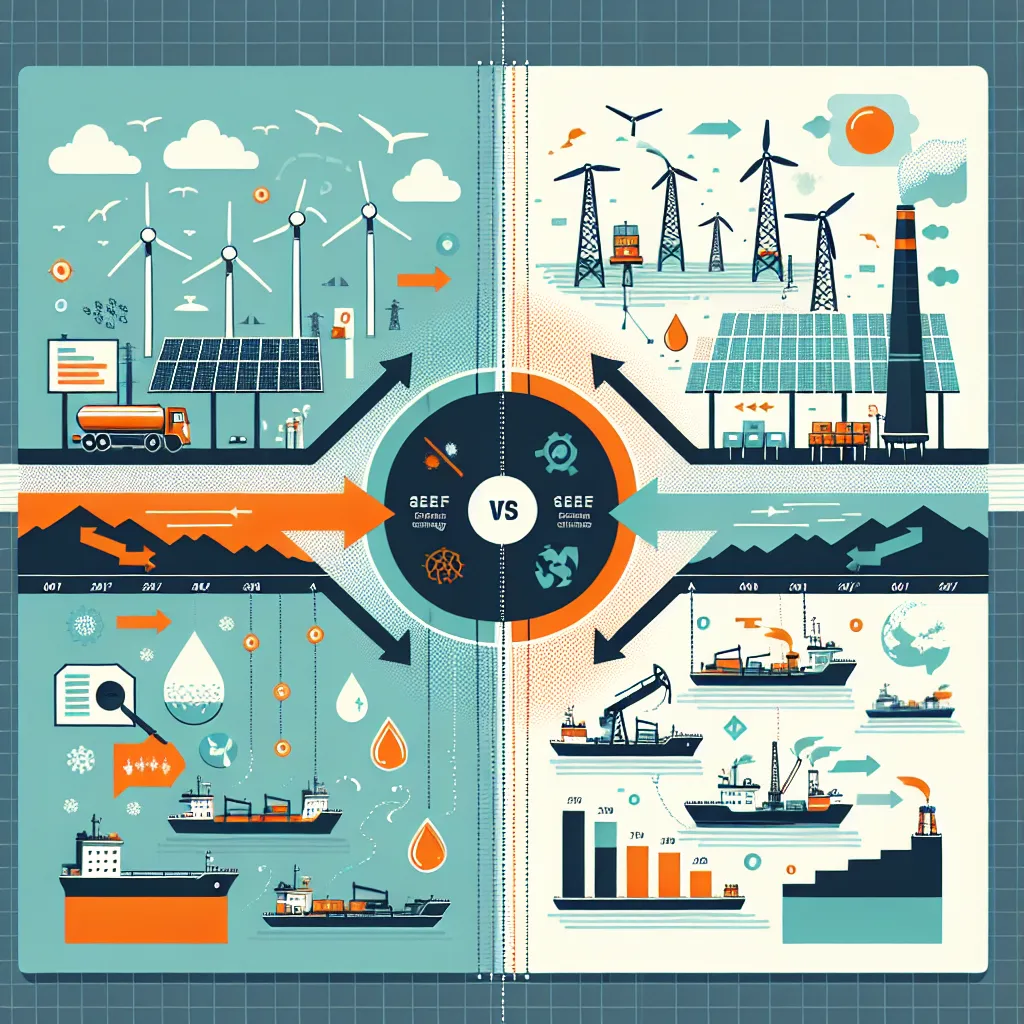Are you preparing for the IELTS Reading test and looking to improve your skills on the topic of education and social mobility? This comprehensive practice test will help you sharpen your reading comprehension abilities while exploring the crucial role of education in promoting social mobility. Let’s dive into a full IELTS Reading test, complete with passages, questions, and answers, all centered around this important theme.
 Education fostering social mobility
Education fostering social mobility
Introduction to the Test
This IELTS Reading practice test focuses on “The Role of Education in Fostering Social Mobility.” It consists of three passages of increasing difficulty, mirroring the structure of the actual IELTS Reading test. Each passage is followed by a variety of question types to test your comprehension and analytical skills. Remember, you have 60 minutes to complete all three sections in the real test, so try to time yourself accordingly.
Passage 1 – Easy Text
The Equalizing Power of Education
Education has long been viewed as a powerful tool for social advancement, offering individuals the opportunity to improve their socioeconomic status regardless of their background. This concept of social mobility through education is rooted in the belief that knowledge and skills acquired through learning can open doors to better employment opportunities, higher income, and improved quality of life.
In many societies, education serves as a great equalizer, providing a pathway for individuals from disadvantaged backgrounds to compete on a more level playing field with their more privileged peers. By acquiring knowledge, developing critical thinking skills, and gaining qualifications, students from lower-income families can aspire to professional careers and leadership positions that may have been out of reach for previous generations.
The impact of education on social mobility is particularly evident in countries with strong public education systems. These systems aim to provide equal access to quality education for all citizens, regardless of their socioeconomic status. When implemented effectively, such systems can help break the cycle of poverty by equipping students with the tools they need to succeed in an increasingly competitive global job market.
However, it’s important to note that the relationship between education and social mobility is not always straightforward. Factors such as the quality of education, access to resources, and societal structures can influence the extent to which education can foster social mobility. Nevertheless, education remains a crucial factor in promoting social equality and providing opportunities for individuals to improve their life circumstances.
Questions 1-5
Do the following statements agree with the information given in the passage? Write
TRUE if the statement agrees with the information
FALSE if the statement contradicts the information
NOT GIVEN if there is no information on this
- Education is considered a tool for social advancement.
- Social mobility through education is a new concept.
- Public education systems are designed to provide equal access to education.
- The relationship between education and social mobility is always direct and simple.
- Education is the only factor that influences social mobility.
Questions 6-10
Complete the sentences below. Choose NO MORE THAN TWO WORDS from the passage for each answer.
- Education is often referred to as a great ___ in society.
- Through education, students can develop skills.
- Strong public education systems aim to break the ___ of poverty.
- The global job market is described as increasingly ___.
- The quality of education and access to ___ can affect how education influences social mobility.
Passage 2 – Medium Text
The Challenges of Educational Equality
While education is widely recognized as a catalyst for social mobility, achieving true educational equality remains a significant challenge in many parts of the world. The complex interplay between socioeconomic factors, educational policies, and societal structures often creates barriers that can limit the effectiveness of education as a tool for social advancement.
One of the primary obstacles to educational equality is the disparity in resource allocation between schools in affluent areas and those in disadvantaged communities. Schools in wealthier neighborhoods often benefit from better funding, more experienced teachers, and superior facilities, while schools in low-income areas may struggle with overcrowded classrooms, outdated materials, and limited extracurricular opportunities. This resource gap can significantly impact the quality of education students receive, potentially reinforcing existing social inequalities rather than mitigating them.
Another challenge lies in the hidden curriculum – the unwritten, unofficial, and often unintended lessons, values, and perspectives that students absorb in the educational environment. This hidden curriculum can perpetuate social norms and expectations that may advantage students from certain backgrounds while disadvantaging others. For example, schools may inadvertently reinforce middle-class values and communication styles, which can put students from working-class backgrounds at a disadvantage.
The issue of access to higher education also plays a crucial role in the relationship between education and social mobility. While many countries have made strides in improving access to primary and secondary education, higher education often remains out of reach for students from low-income families due to high costs and competitive admission processes. This can create a bottleneck effect, limiting opportunities for upward mobility at the post-secondary level.
Furthermore, the rapid pace of technological change in the modern economy presents both opportunities and challenges for education’s role in fostering social mobility. On one hand, technology can democratize access to information and educational resources. On the other hand, the digital divide – the gap between those who have ready access to computers and the internet, and those who do not – can exacerbate existing educational inequalities.
Despite these challenges, there are promising initiatives and policy approaches aimed at enhancing education’s capacity to promote social mobility. These include targeted funding for disadvantaged schools, programs to increase diversity in higher education, and efforts to integrate technology equitably into educational systems. By addressing these systemic issues, societies can work towards realizing the full potential of education as a driver of social mobility and equality.
Questions 11-15
Choose the correct letter, A, B, C, or D.
-
According to the passage, what is one of the main challenges to educational equality?
A) Lack of student motivation
B) Disparity in resource allocation
C) Overqualified teachers
D) Excessive government regulation -
The term “hidden curriculum” refers to:
A) Secret teaching methods
B) Unintended lessons and values absorbed in school
C) Advanced courses for gifted students
D) Unofficial school rules -
What issue does the passage highlight regarding higher education?
A) Poor quality of teaching
B) Lack of research opportunities
C) Limited access for low-income students
D) Outdated course content -
How does the passage describe the impact of technology on education and social mobility?
A) Entirely positive
B) Entirely negative
C) Having both positive and negative aspects
D) Having no significant impact -
What does the passage suggest about addressing educational inequality?
A) It is an impossible task
B) It requires only financial solutions
C) It needs a multi-faceted approach
D) It should focus solely on higher education
Questions 16-20
Complete the summary below. Choose NO MORE THAN TWO WORDS from the passage for each answer.
Educational equality faces several challenges in fostering social mobility. One major issue is the (16) between schools in different areas, affecting the quality of education. The (17) in schools can unintentionally reinforce certain social norms. Access to (18) remains a significant barrier for many low-income students. The (19) in technology access can further widen educational gaps. However, various initiatives aim to address these issues, including targeted funding and programs to increase (20) ___ in higher education.
Passage 3 – Hard Text
The Evolving Paradigm of Education and Social Mobility
The relationship between education and social mobility has undergone significant transformations in recent decades, shaped by global economic shifts, technological advancements, and changing social dynamics. While education continues to be a crucial factor in determining an individual’s life chances, the mechanisms through which it operates and its effectiveness in promoting social mobility have become increasingly complex and nuanced.
In the post-industrial knowledge economy, the nature of skills and qualifications required for economic success has fundamentally changed. The traditional linear model of education, where individuals acquire a fixed set of skills during their formative years to serve them throughout their careers, is rapidly becoming obsolete. Instead, the concept of lifelong learning has gained prominence, emphasizing the need for continuous skill acquisition and adaptation throughout one’s professional life.
This shift has profound implications for the role of education in fostering social mobility. On one hand, it creates new opportunities for individuals to enhance their socioeconomic status through ongoing education and skill development. On the other hand, it places additional burdens on those who may lack the resources or flexibility to engage in continuous learning, potentially exacerbating existing inequalities.
Moreover, the globalization of education and labor markets has introduced new dimensions to the education-mobility nexus. International student mobility, transnational educational partnerships, and the rise of global skills standards have created a more interconnected educational landscape. This globalization can enhance opportunities for social mobility by providing access to world-class education and global career prospects. However, it also intensifies competition and may disadvantage those unable to participate in these global educational networks.
The digital revolution has further complicated the relationship between education and social mobility. Online learning platforms and Massive Open Online Courses (MOOCs) have democratized access to educational content, allowing individuals to acquire knowledge and skills from leading institutions regardless of their geographical location or socioeconomic background. This democratization of knowledge has the potential to level the playing field and enhance social mobility.
However, the efficacy of these digital learning tools in promoting genuine social mobility remains a subject of debate. Critics argue that while online resources may provide access to information, they often lack the holistic educational experience, networking opportunities, and credentialing power of traditional institutions. Furthermore, the ability to effectively utilize these digital resources often correlates with existing socioeconomic advantages, potentially reinforcing rather than mitigating educational disparities.
The role of education in fostering social mobility is also increasingly intertwined with broader social and economic policies. Research has shown that the effectiveness of education as a mobility tool is significantly enhanced when combined with supportive social policies, such as affordable childcare, healthcare, and housing. This understanding has led to calls for a more integrated approach to promoting social mobility, one that considers education as part of a broader ecosystem of social support and opportunity.
As societies grapple with rising inequality and diminishing social mobility, the imperative to maximize education’s potential as an equalizing force has never been greater. This requires a multifaceted approach that addresses not only the quality and accessibility of education but also the structural barriers that impede its effectiveness in promoting social mobility. Innovations in educational delivery, targeted interventions for disadvantaged groups, and policies that foster a more inclusive educational environment are all crucial components of this endeavor.
In conclusion, while education remains a powerful tool for social mobility, its role is evolving in response to broader societal changes. The challenge for policymakers, educators, and society at large is to adapt educational systems and approaches to ensure that they continue to serve as effective pathways for social advancement in an increasingly complex and dynamic global landscape.
Questions 21-26
Complete the sentences below. Choose NO MORE THAN TWO WORDS from the passage for each answer.
- The traditional of education is becoming outdated in the modern economy.
- The concept of emphasizes the need for continuous skill development throughout one’s career.
- The ___ of education has created a more interconnected educational landscape.
- ___ have made educational content more accessible to a wider audience.
- The effectiveness of education in promoting social mobility is enhanced when combined with supportive .
- Addressing is crucial for maximizing education’s potential as an equalizing force.
Questions 27-33
Do the following statements agree with the claims of the writer in the passage? Write
YES if the statement agrees with the claims of the writer
NO if the statement contradicts the claims of the writer
NOT GIVEN if it is impossible to say what the writer thinks about this
- The relationship between education and social mobility has remained unchanged in recent decades.
- Lifelong learning creates new opportunities for social mobility but may also widen existing inequalities.
- Globalization of education uniformly benefits all students regardless of their background.
- Online learning platforms have completely solved the problem of access to quality education.
- The effectiveness of digital learning tools in promoting social mobility is still debated.
- Social and economic policies have no impact on education’s role in fostering social mobility.
- Adapting educational systems to societal changes is necessary to maintain education’s role in social advancement.
Questions 34-40
Complete the summary below. Choose NO MORE THAN TWO WORDS from the passage for each answer.
The relationship between education and social mobility has become increasingly complex due to various factors. The shift towards a (34) economy has changed the skills required for success. The concept of (35) has become crucial, emphasizing ongoing skill development. The (36) of education has created new opportunities but also increased competition. (37) have democratized access to education, though their effectiveness in promoting social mobility is debated. The role of education is now seen as part of a broader (38) of social support. Addressing (39) and implementing targeted interventions are essential for enhancing education’s role in social mobility. The challenge lies in adapting educational systems to ensure they remain effective pathways for (40) ___ in a changing global landscape.
Answer Key
Passage 1
- TRUE
- FALSE
- TRUE
- FALSE
- NOT GIVEN
- equalizer
- critical thinking
- cycle
- competitive
- resources
Passage 2
- B
- B
- C
- C
- C
- resource gap
- hidden curriculum
- higher education
- digital divide
- diversity
Passage 3
- linear model
- lifelong learning
- globalization
- Online learning platforms
- social policies
- structural barriers
- NO
- YES
- NO
- NO
- YES
- NO
- YES
- knowledge
- lifelong learning
- globalization
- Online platforms
- ecosystem
- structural barriers
- social advancement
By practicing with this IELTS Reading test focused on the role of education in fostering social mobility, you’ve not only improved your reading comprehension skills but also gained valuable insights into this critical societal issue. Remember to analyze the passages carefully, manage your time effectively, and apply the strategies you’ve learned to excel in your IELTS Reading test.
For more practice and tips on IELTS preparation, check out our other resources:
- How Online Education is Democratizing Learning
- The Role of Online Platforms in Modern Education
- How Education Reforms Can Improve Social Equality
Good luck with your IELTS preparation!


